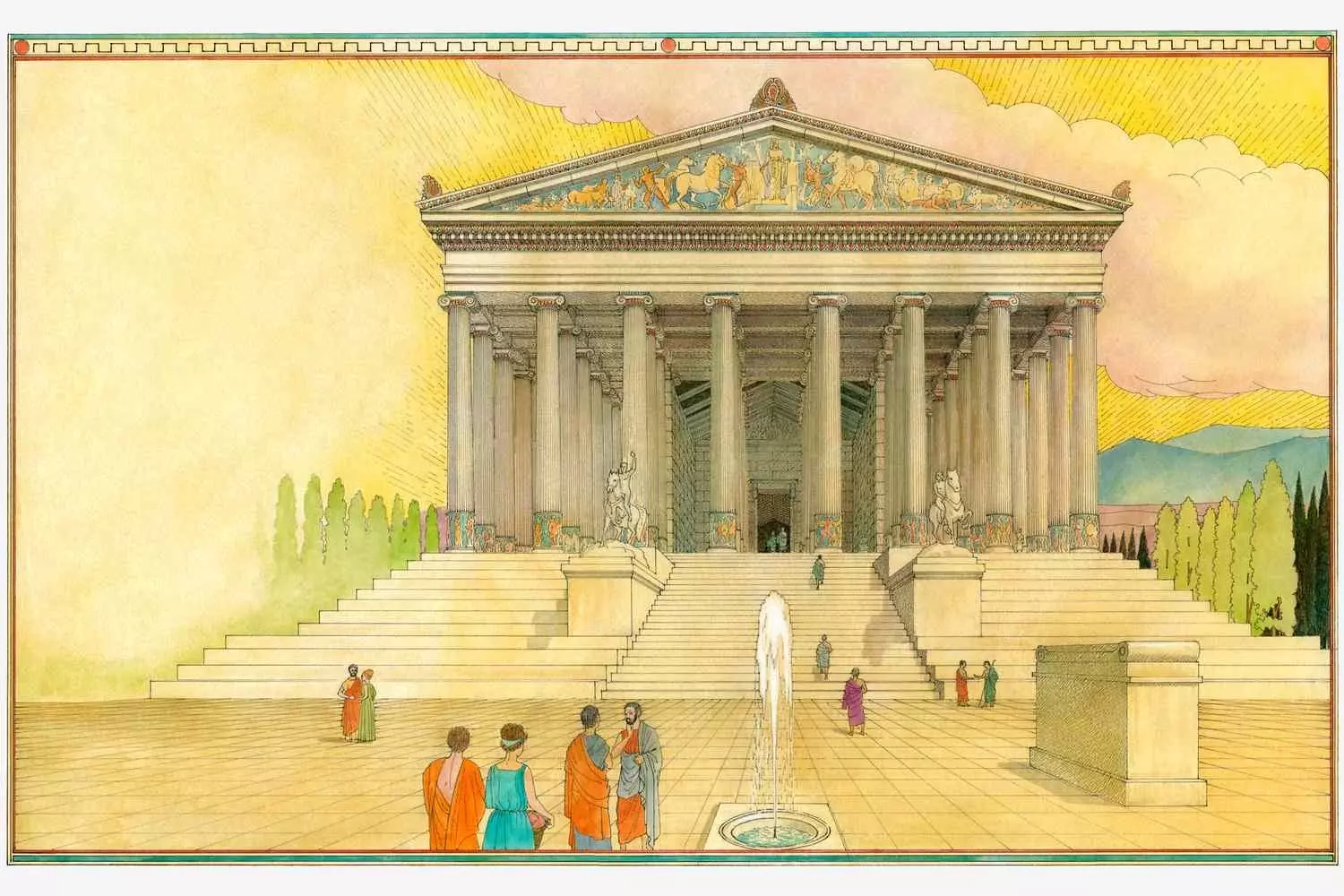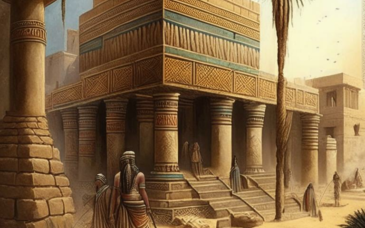The Temple of Diana was one of the Seven Wonders of the Ancient World, and a symbol of the city of Ephesus' power and wealth. It was built in the 6th century BC and was dedicated to the Greek goddess Diana, who was also known as Artemis. The temple was massive, measuring 120 meters long and 69 meters wide. It was made of marble and was decorated with intricate carvings and sculptures.
The Temple of Diana was a popular pilgrimage site for people from all over the ancient world. It was also a center of commerce and trade, as many merchants would come to Ephesus to buy and sell goods. The temple was also a place of learning and culture, as it had a library and a school.
In the year 401 AD, the Temple of Diana was destroyed by a fire. It was never rebuilt, and its ruins can still be seen today. The Temple of Diana is a reminder of the power and wealth of the ancient city of Ephesus, and it is one of the most important archaeological sites in the world.


